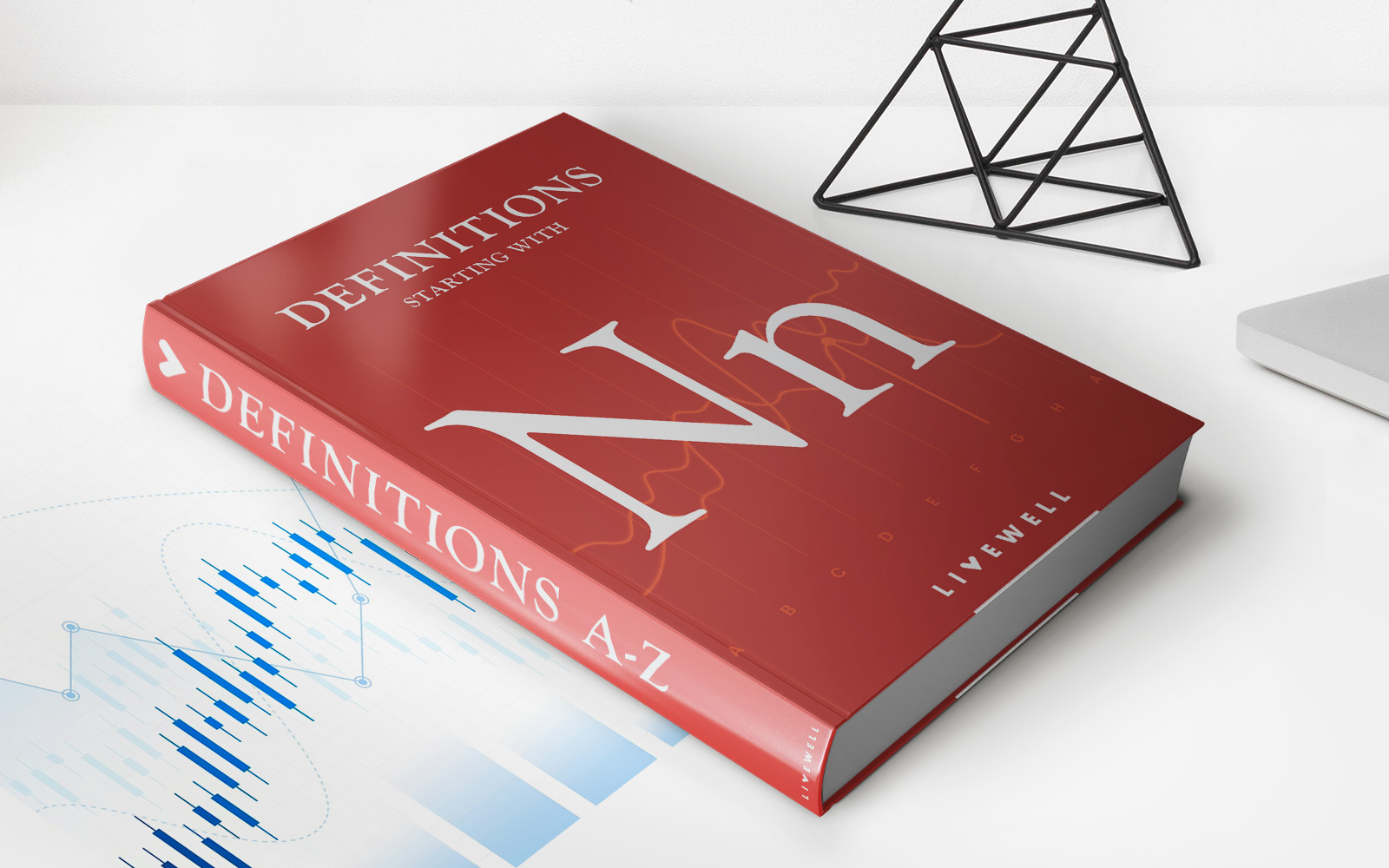Home>Finance>On-Chain Transactions (Cryptocurrency): Definition And Validation


Finance
On-Chain Transactions (Cryptocurrency): Definition And Validation
Published: January 3, 2024
Learn about on-chain transactions, their role in the world of cryptocurrency finance, and how they are defined and validated.
(Many of the links in this article redirect to a specific reviewed product. Your purchase of these products through affiliate links helps to generate commission for LiveWell, at no extra cost. Learn more)
Unlocking the Basics of On-Chain Transactions: Cryptocurrency’s Backbone
When it comes to the world of finance, cryptocurrencies have become a buzzing topic of interest. In recent years, the rise of digital currency has revolutionized how transactions are conducted, and one key aspect of this revolutionary technology is on-chain transactions. In this blog post, we will dive deep into the world of on-chain transactions in the ever-evolving realm of cryptocurrencies.
Key Takeaways:
- On-chain transactions are the backbone of the cryptocurrency ecosystem, enabling the secure recording and validation of all transactions on the blockchain.
- These transactions are transparent, immutable, and decentralized, offering users a level of security and accountability not found in traditional financial systems.
Let’s start by understanding what exactly on-chain transactions mean in the context of cryptocurrencies. In the simplest terms, on-chain transactions refer to the process of transferring digital assets, such as Bitcoin or Ethereum, on a blockchain network. Unlike traditional financial systems where a centralized authority, like a bank, oversees and validates transactions, on-chain transactions rely on a decentralized network of computers, known as nodes, to validate and record each transaction.
The Validation Process:
On-chain transactions go through a rigorous validation process to ensure their authenticity and prevent any form of fraudulent activity. Here’s a simplified breakdown of how the validation process works:
- Initiating the Transaction: A user initiates an on-chain transaction by creating a digital signature and assigning a unique public key to the transaction.
- Broadcasting to the Network: The transaction is then broadcasted to the decentralized network, where nodes receive and verify its validity.
- Verification and Consensus: Nodes within the network validate the transaction’s signature and public key to ensure its correctness. Through a consensus algorithm, such as Proof of Work or Proof of Stake, nodes agree on the validity of the transaction.
- Adding to the Blockchain: Once the transaction is verified, it is added to a block, which is subsequently added to the blockchain. This process ensures that the transaction is securely recorded and cannot be altered or tampered with.
Now that we understand how on-chain transactions are validated, let’s explore the benefits they offer:
The Advantages of On-Chain Transactions:
- Transparency: On-chain transactions are completely transparent, as all transaction details are recorded on a public ledger. Anyone with access to the blockchain network can view and audit transactions, enhancing trust and accountability.
- Immutability: Once an on-chain transaction is added to the blockchain, it becomes immutable. This means that transactions cannot be altered or reversed, providing a high level of security and preventing fraudulent activities.
- Decentralization: On-chain transactions are not reliant on any central authority. With no single point of control, the decentralized nature of blockchain networks ensures that transactions can be conducted without the need for intermediaries, reducing fees and increasing efficiency.
Now, you might be wondering how on-chain transactions differ from off-chain transactions. While on-chain transactions are conducted directly on the blockchain, off-chain transactions refer to the transfer of ownership that occurs outside of the blockchain, usually through the use of a third-party custodian. Off-chain transactions are often faster and more scalable, but they sacrifice some of the security and transparency that comes with on-chain transactions.
As digital currencies continue to gain traction, understanding the underlying technology that drives them becomes increasingly important. On-chain transactions are a fundamental aspect of the cryptocurrency ecosystem, offering security, transparency, and decentralization. By grasping the basics of on-chain transactions, you’ll be well-equipped to navigate the fast-paced world of cryptocurrencies with confidence.














